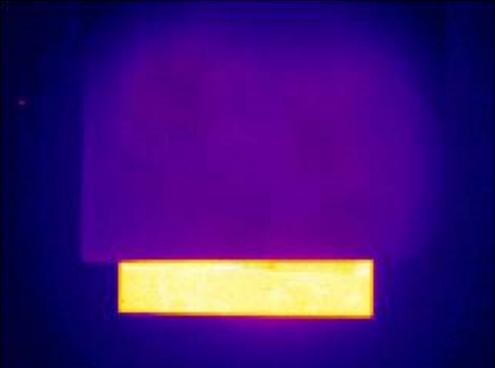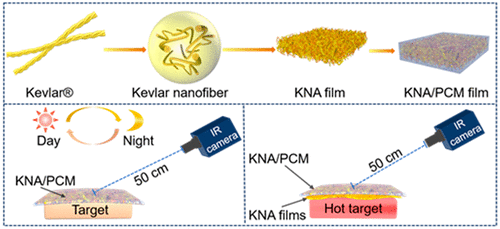
Invisible objects have potential military, research, and technology applications, including hiding people, weapons, and troop movements. Other systems developed over the last few decades have all had weaknesses: they were hard to make, needed a power supply, used rigid materials or required the addition of thermal blankets that lead to heat buildup. Thermal cloaks can’t be manufactured on a large scale.

But by dissolving Kevlar nanofibers into dimethyl sulfoxide, then solidifying them and allowing the resulting aerogel to absorb polyethylene glycol (PEG), Chinese scientists led by Xuetong Zhang have shaped it into a film, attached a protective waterproof layer, and developed a way to successfully hide objects from heat-sensing cameras.
Zhang’s film is simpler and cheaper to make and performs as well as other stealth films. While aerogel on its own is a good thermal insulator, the addition of the PEG layer means heat is stored when it melts and released when it solidifies. Objects covered in the composite film absorb and release heat at almost the same rate as their surroundings. Without this coating, objects heat and cool much faster than their environment and are visible to thermal cameras.

